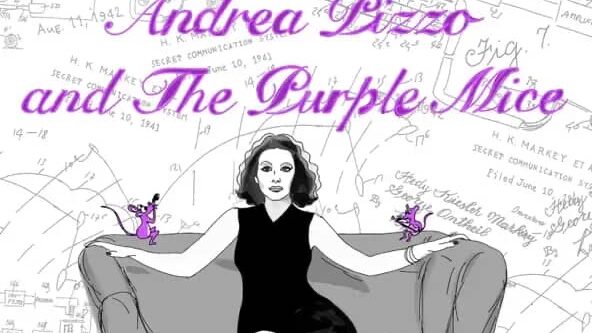Albert Ahlf’s “The Maga Song” is a bold and unapologetic entry into the tradition of politically charged protest music, carrying with it the spirit of classic folk rock while speaking directly to today’s turbulent times. From the very start, the track signals its intent to confront rather than soothe, with instrumentation that is simple but deeply effective. The rhythm section provided an undercurrent of momentum that feels urgent without overwhelming the listener, while the piano and guitar create a solid framework. Ahlf’s vocals take center stage, carrying the message with passion and intensity, moving between raw force and melodic resonance. The harmonies add depth, reinforcing the conviction behind the words and ensuring that the song feels both grounded and anthemic. It is clear that the song is designed to be heard as a statement, not just as background music.
Lyrically, “The Maga Song” is fearless in its approach. Albert Ahlf uses the track as a platform to call out hypocrisy, fear mongering, and divisive politics, refusing to veil his intent with overly complex metaphors. Instead, the lyrics are sharp and direct, meant to cut through the noise and speak plainly to the issues at hand. This directness gives the song its power, capturing the urgency of the message and making it difficult for listeners to ignore. By naming and rejecting the destructive elements tied to the MAGA movement, the song becomes more than just an artistic expression. It is also a moral stance, a way of holding up a mirror to society and challenging people to reflect on what has been normalized in political discourse. This honesty is part of what makes the track feel authentic and necessary.
Musically, “The Maga Song” draws inspiration from the roots of folk rock protest music while still feeling contemporary. There is a clear echo of artists like Woody Guthrie and Bob Dylan, whose work turned songs into vehicles for social commentary. Yet Ahlf injects a modern energy into his sound, with polished instrumentation and balanced production that give the track weight without drowning out its raw edges. The drums establish a steady heartbeat that keeps the song moving forward, while the bass and guitar provide texture that complements the piano’s expressive flourishes. The arrangement ensures that every element contributes to the central message rather than distracting from it, keeping the spotlight firmly on the vocals and their meaning.
The overall impact of the song is one of confrontation and rallying. “The Maga Song” feels like a piece meant for more than just solitary listening; it seems crafted to echo through public spaces, protests, gatherings, or even political rallies where its boldness can spark conversation and action. Its raw honesty makes it polarizing, but that is precisely what gives it power. Listeners who already share the song’s perspective will feel affirmed and strengthened by its message, while those who oppose it may feel challenged or provoked. This tension is intentional, as the song is not designed to comfort or unify everyone but to make a clear stand and encourage people to question. In this way, it fulfills the classic role of protest music: art as activism.
Another striking element of “The Maga Song” lies in its vocal delivery and harmonic layering. Ahlf does not simply sing the words, he embodies them, shifting between firm tones and softer, reflective moments that give the track a dynamic sense of urgency. The additional harmonies by collaborators enrich the soundscape, lending a communal feel that underscores the song’s rallying nature. The way the vocals are stacked makes the song feel like more than one person speaking out; it becomes a chorus of voices resisting silence. This collective energy heightens the emotional intensity, reminding listeners that protest is not just an individual act but a shared experience.
In the end, “The Maga Song” is a courageous and timely creation that captures both the urgency and the frustration of its subject matter. Albert Ahlf succeeds in blending musical craft with social commentary, producing a piece that is as thought provoking as it is musically compelling. It is not meant to be universally pleasing or polished into perfection, because its power lies in its honesty and its willingness to confront difficult truths. The song stands as an anthem for those who seek change and a challenge to those who might prefer complacency. Its imperfections make it human, and its message makes it unforgettable. This is a song that demands to be heard, not only for its artistry but for the social consciousness it insists on awakening.
For more information about Albert Ahlf, click on the icons below.



